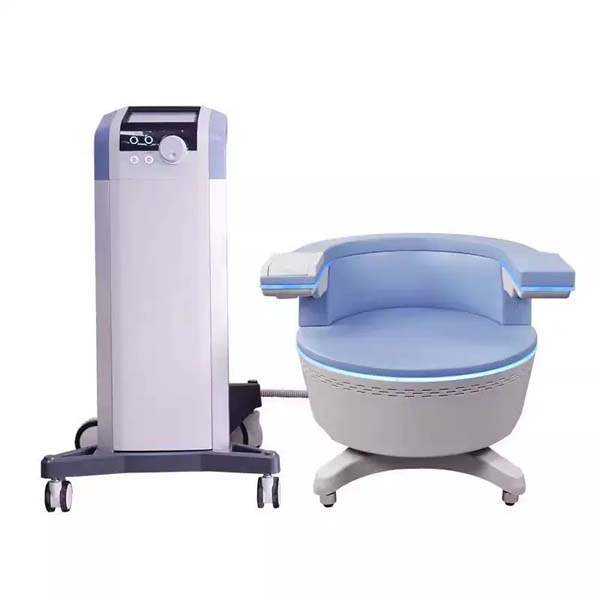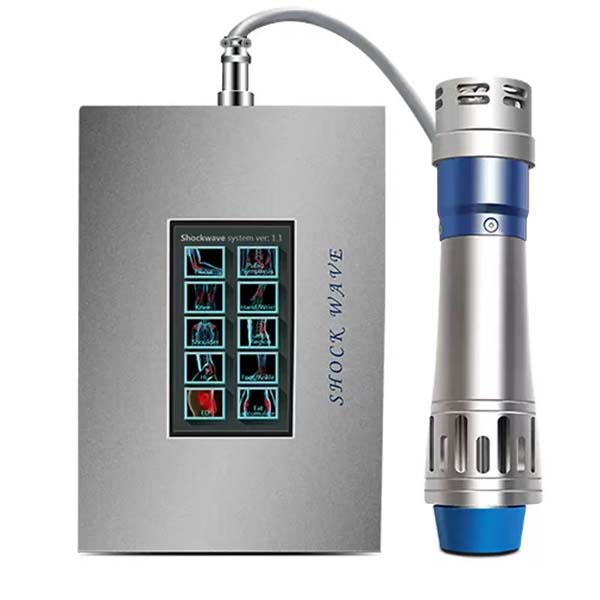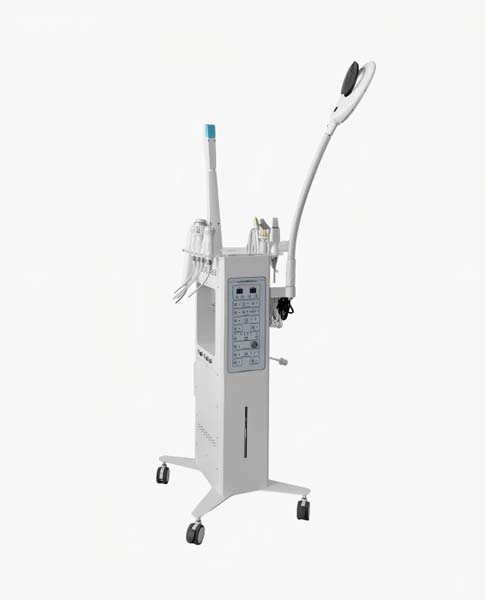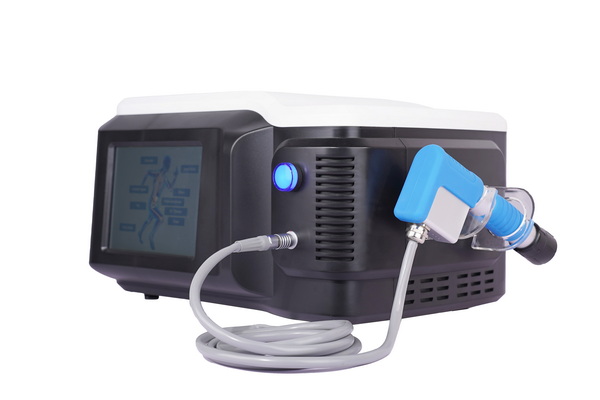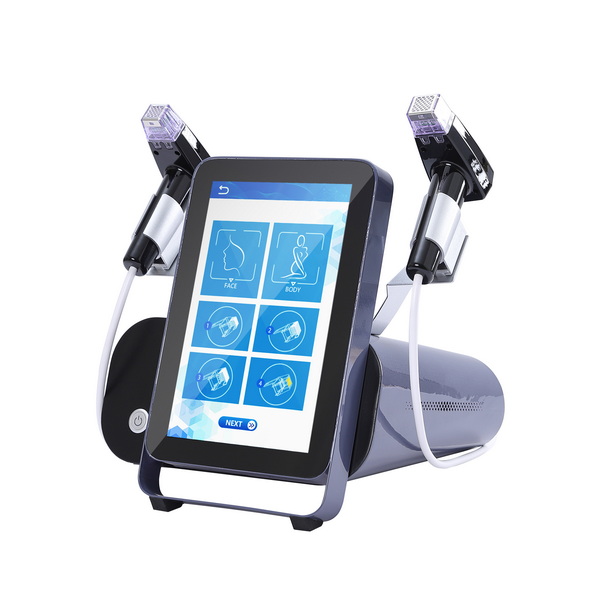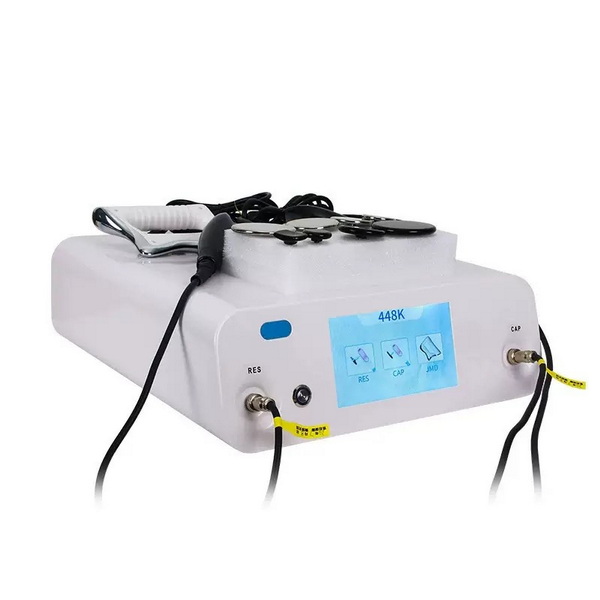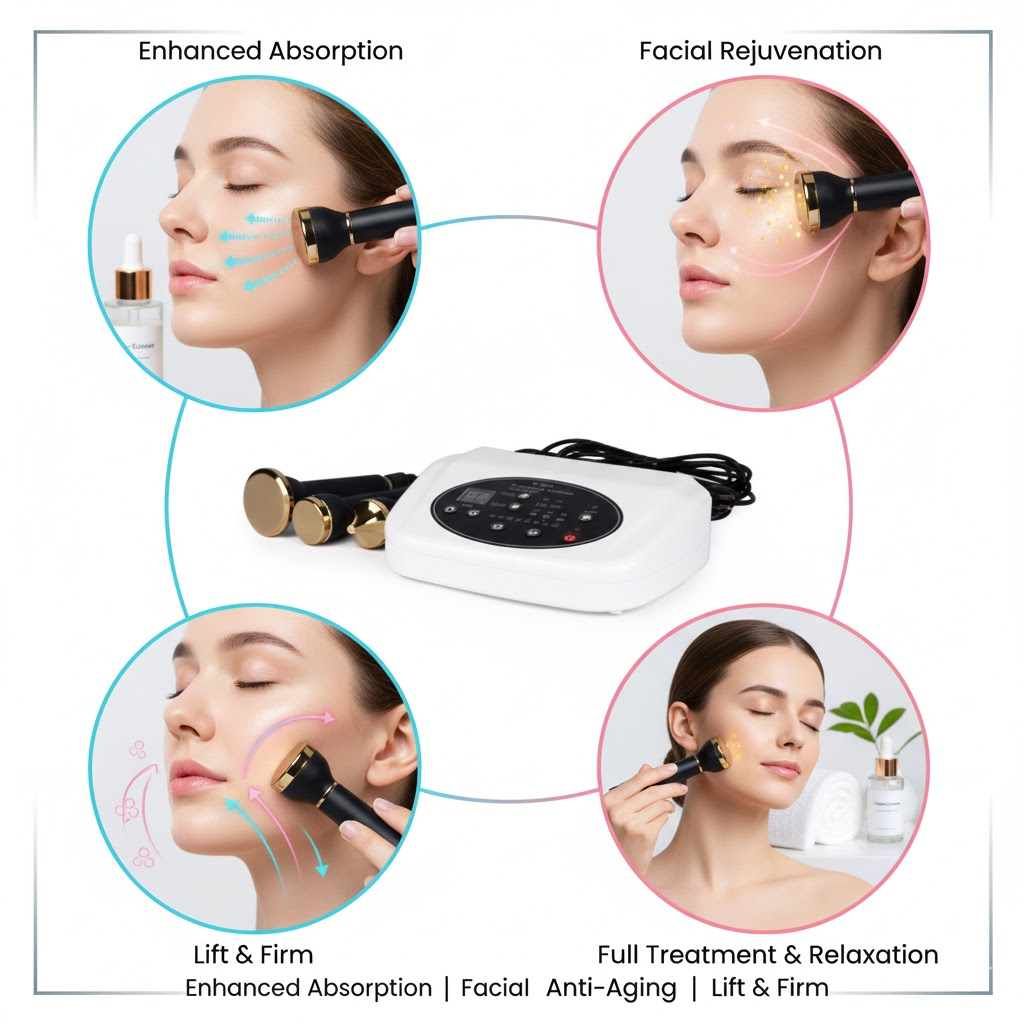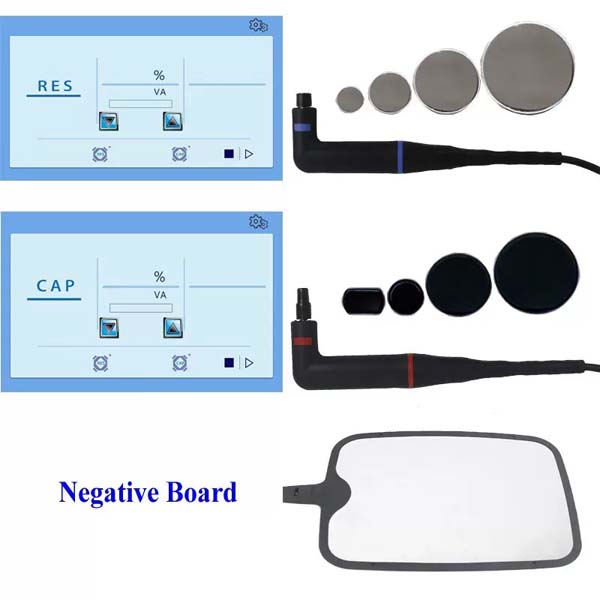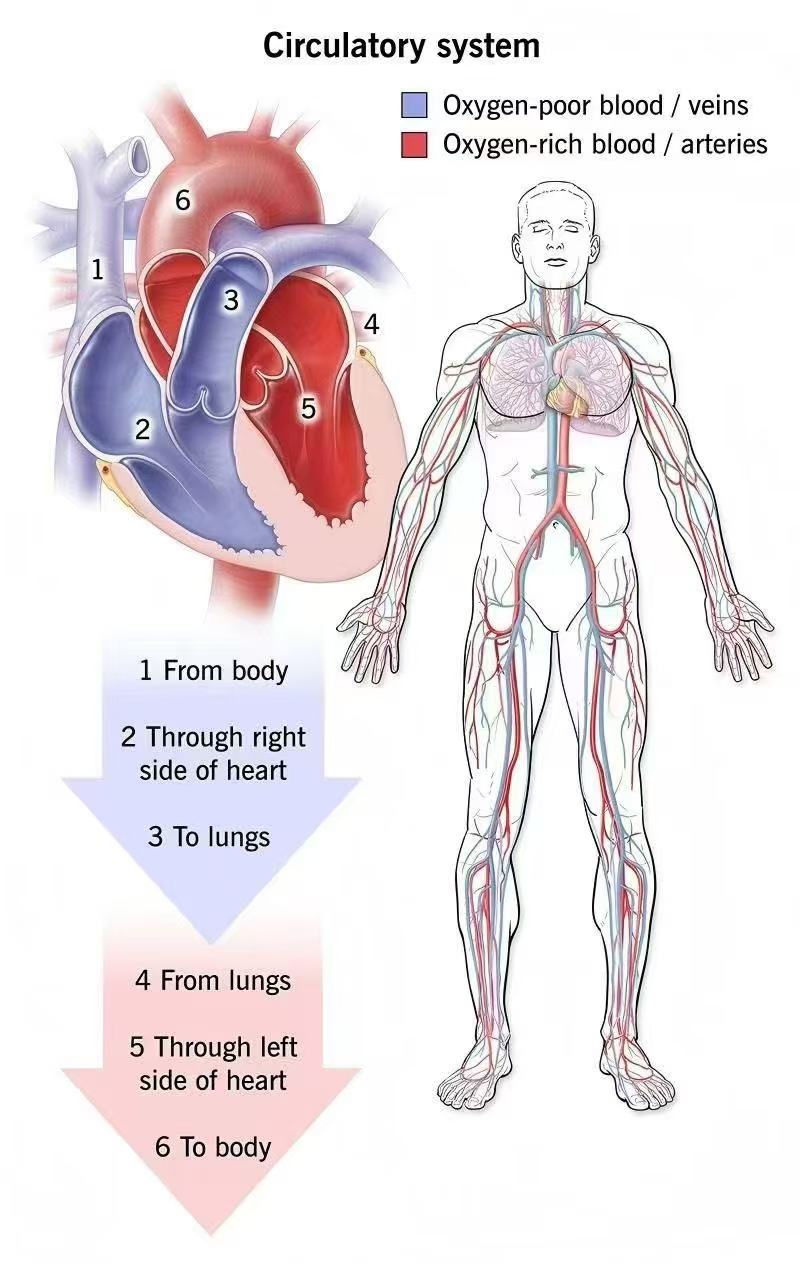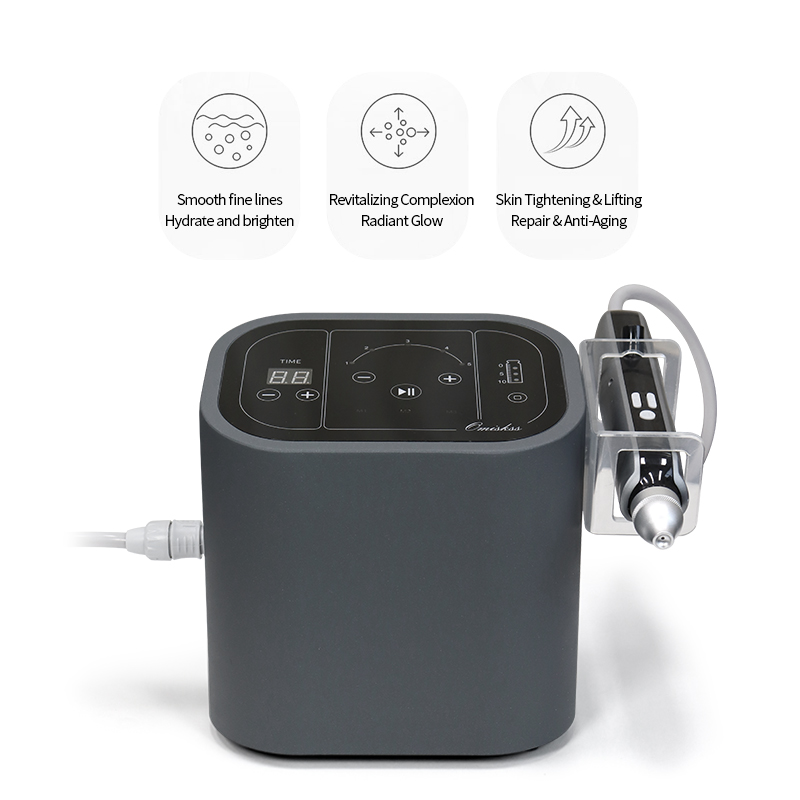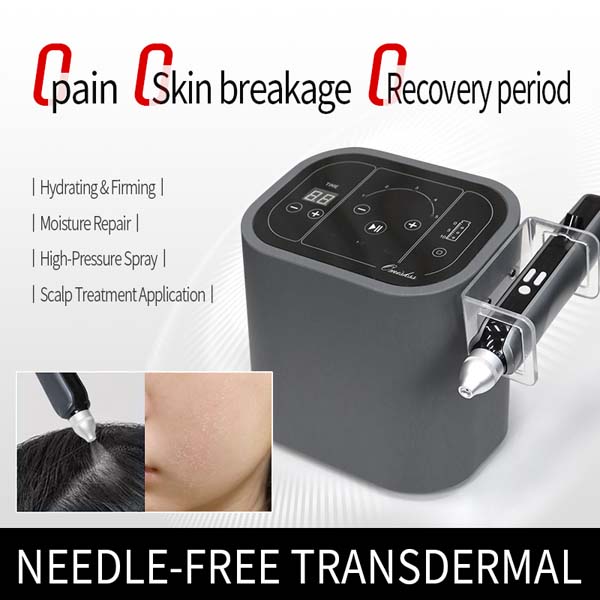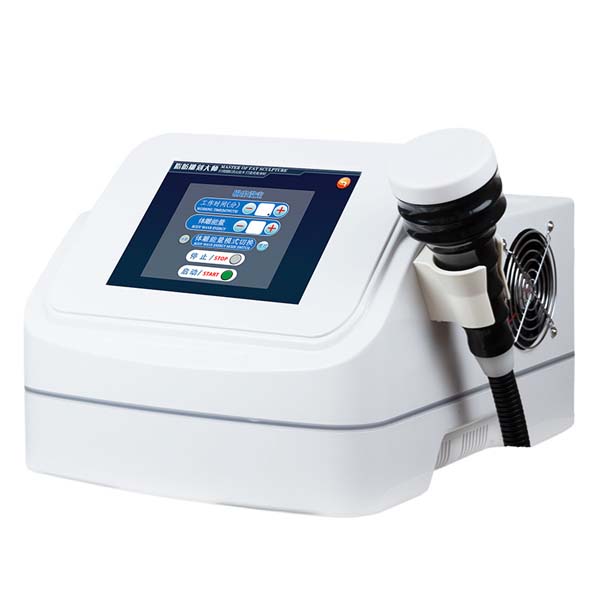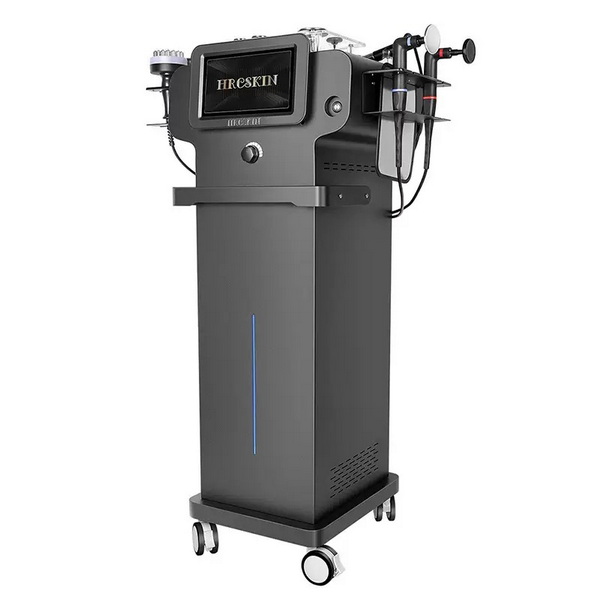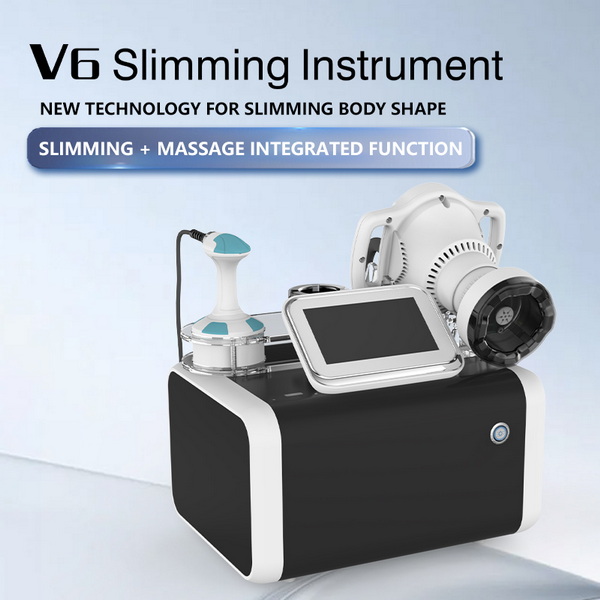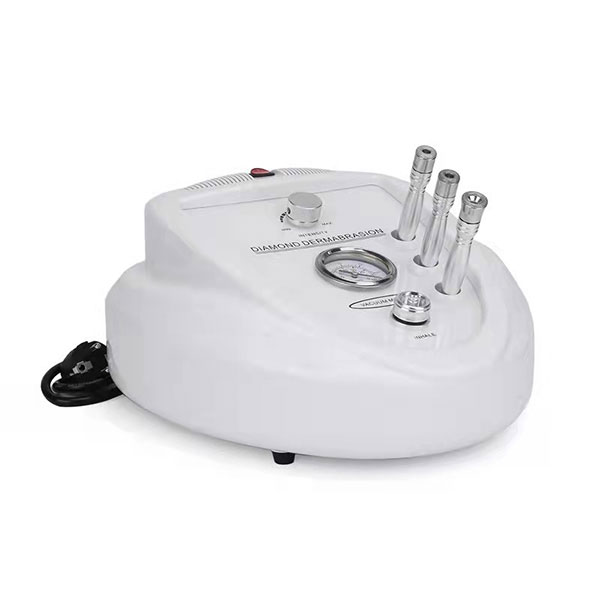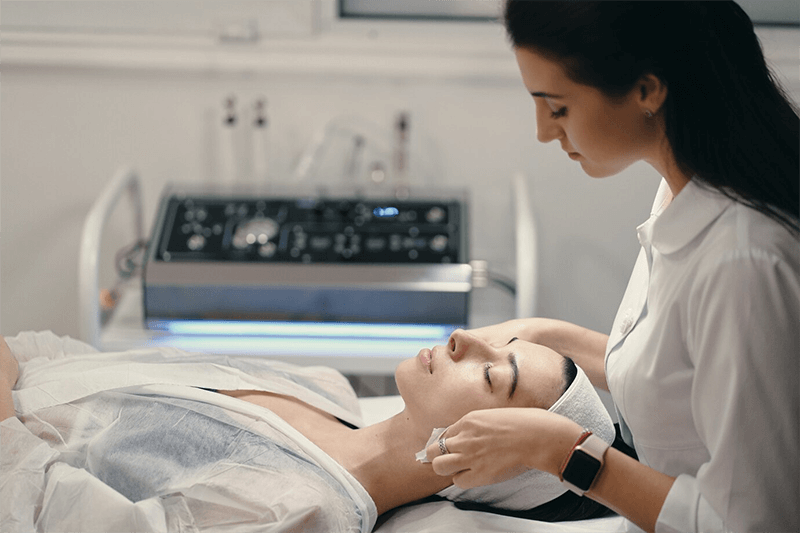Introduction to Rotating Radiofrequency
Rotating radiofrequency represents a significant advancement in the realm of non-invasive aesthetic treatments. This technology harnesses the power of radiofrequency energy, a form of electromagnetic radiation, and delivers it to the skin and subcutaneous tissues through a specialized rotating handpiece. The rotation of the device is not merely a superficial feature; it plays a crucial role in enhancing the efficacy and comfort of the treatment. By continuously changing the angle and direction of energy delivery, rotating radiofrequency ensures a more uniform and comprehensive heating of the targeted area.
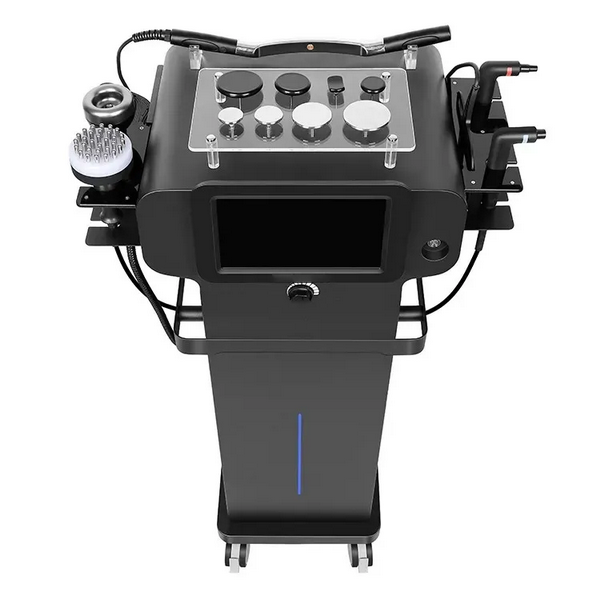
The Science Behind Rotating Radiofrequency
The core principle of rotating radiofrequency lies in its ability to generate controlled thermal energy within the tissues. When radiofrequency waves penetrate the skin, they encounter resistance from the tissue, which in turn converts the electromagnetic energy into heat. This heat production is the key to the therapeutic effects of the treatment. The rotation of the handpiece facilitates a more even distribution of this thermal energy, preventing the concentration of heat in any single spot and reducing the risk of discomfort or superficial burns.
Collagen Stimulation and Skin Tightening
One of the primary applications of rotating radiofrequency is in skin tightening. The heat generated in the dermis, the deeper layer of the skin, stimulates fibroblasts – the cells responsible for producing collagen and elastin. Collagen is a structural protein that provides skin with its firmness and elasticity. As we age, collagen production naturally declines, leading to the appearance of wrinkles and sagging skin. The thermal stimulation from rotating radiofrequency triggers a process called neocollagenesis, the formation of new collagen fibers. Simultaneously, the existing collagen fibers contract and reorganize, resulting in a noticeable tightening effect.
Fat Reduction and Body Contouring
Rotating radiofrequency is also effective in addressing localized fat deposits and improving body contours. The thermal energy generated can penetrate the subcutaneous fat layer, increasing the metabolic activity of fat cells (adipocytes). This increased activity leads to the breakdown of triglycerides within the fat cells into fatty acids and glycerol, which are then released and eliminated by the body’s natural metabolic processes. The rotating motion of the handpiece ensures that the radiofrequency energy is distributed across the treatment area, leading to a more even reduction in fat volume and a smoother, more sculpted appearance.
Cellulite Reduction
Cellulite, characterized by the dimpled appearance of the skin, is a common concern for many individuals. Rotating radiofrequency offers a multi-faceted approach to cellulite reduction. The thermal energy helps to break down the fibrous bands that contribute to the uneven skin texture. Simultaneously, the increased circulation and lymphatic drainage promoted by the treatment help to remove waste products and reduce fluid retention in the treated area. The rotating action of the device ensures that the radiofrequency energy is effectively applied to the affected tissues, leading to a smoother skin surface.
Enhanced Circulation and Lymphatic Drainage
The thermal effect of rotating radiofrequency extends beyond collagen stimulation and fat reduction. The heat generated in the tissues also promotes vasodilation, the widening of blood vessels. This increased blood flow improves circulation, delivering more oxygen and nutrients to the treated area and facilitating the removal of metabolic waste products. Additionally, rotating radiofrequency can stimulate lymphatic drainage, which helps to reduce fluid retention and further contribute to the improvement of cellulite and overall tissue health.
Advantages of Rotating Radiofrequency
Rotating radiofrequency offers several advantages over traditional radiofrequency devices and other body contouring and skin tightening modalities.
Uniform Energy Delivery:
The continuous rotation of the handpiece ensures that the radiofrequency energy is distributed evenly across the treatment area, minimizing the risk of hot spots and maximizing the effectiveness of the treatment.
Enhanced Patient Comfort:
The rotation helps to dissipate heat and provides a gentle massage-like sensation, which can improve patient comfort during the procedure.
Versatility in Treatment Areas:
Rotating radiofrequency can be used to treat a variety of areas on the face and body, including the face, neck, arms, abdomen, thighs, and buttocks.
Non-Invasive Procedure:
As a non-invasive treatment, rotating radiofrequency requires no incisions or anesthesia. There is typically minimal to no downtime, allowing patients to resume their normal activities immediately after the procedure.
Customizable Treatment Parameters:
Rotating radiofrequency devices often allow practitioners to adjust treatment parameters such as energy level and rotation speed, enabling them to tailor the treatment to the individual needs and skin type of each patient.
Applications of Rotating Radiofrequency
Rotating radiofrequency technology has a wide range of applications in aesthetic medicine:
Facial Skin Tightening: Reducing the appearance of fine lines and wrinkles, tightening sagging skin on the cheeks and jawline, and improving overall skin texture.
Neck and Décolletage Rejuvenation: Addressing laxity and wrinkles in the neck and chest area.
Arm Tightening: Improving the appearance of loose skin on the upper arms.
Abdominal Skin Tightening: Helping to tighten loose skin after weight loss or pregnancy.
Thigh and Buttock Contouring: Reducing cellulite and improving the firmness and shape of the thighs and buttocks.
Circumference Reduction: Contributing to a reduction in overall body circumference in treated areas.
The Treatment Experience
A typical rotating radiofrequency treatment session involves the application of a coupling gel to the treatment area. This gel helps to facilitate the transmission of radiofrequency energy and ensures smooth movement of the handpiece. The practitioner will then gently move the rotating handpiece over the skin in a circular or sweeping motion. Patients may experience a warm sensation during the treatment, which is generally well-tolerated. The duration of the treatment session will vary depending on the size of the treatment area, but it typically ranges from 30 to 60 minutes.
Results and Expectations
While some patients may notice initial improvements after a single rotating radiofrequency treatment, optimal results are typically achieved through a series of sessions. The number of treatments required will depend on individual factors such as the severity of the condition being treated and the patient’s response to the therapy. Results are gradual and progressive as the body produces new collagen and eliminates fat cells. Maintenance treatments may be recommended to prolong the benefits.
Safety Profile
Rotating radiofrequency is generally considered a safe and well-tolerated treatment. The non-invasive nature of the procedure means that there is a low risk of complications. Common side effects, if any, are typically mild and temporary, such as slight redness or warmth in the treated area. These usually subside within a few hours. However, it is important to undergo treatment with a qualified and experienced practitioner who can assess individual suitability and adjust treatment parameters accordingly.
Conclusion
Rotating radiofrequency technology represents a sophisticated and effective approach to non-invasive skin tightening, body contouring, and cellulite reduction. Its ability to deliver uniform thermal energy through a rotating handpiece enhances both the efficacy and comfort of the treatment. By stimulating collagen production, reducing fat deposits, and improving circulation and lymphatic drainage, rotating radiofrequency offers a versatile solution for individuals seeking to rejuvenate their appearance without the risks and downtime associated with surgical procedures. As the demand for non-invasive aesthetic treatments continues to grow, rotating radiofrequency is poised to remain a prominent and valuable technology in the field.

